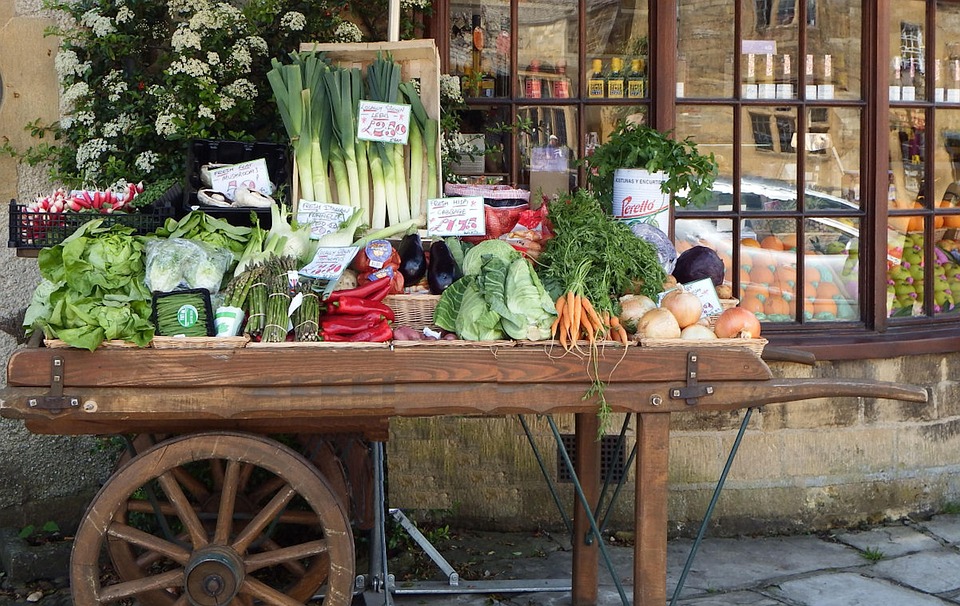Introduction
In recent years, the grocery retail industry has seen a significant shift in the way major players are expanding into new markets. With the rise of e-commerce and changing consumer preferences, traditional grocery giants are facing increased competition and are looking for ways to stay ahead of the curve. In this report, we will explore how grocery retail giants are expanding into new markets, what strategies they are using, and what the future holds for the industry.
Current State of the Grocery Retail Industry
The grocery retail industry is a multi-billion dollar industry that is constantly evolving. In 2025, the global grocery retail market is estimated to be worth over $8 trillion, with key players including Walmart, Amazon, and Tesco dominating the market. These companies have a significant market share and are constantly looking for ways to expand into new markets to increase their revenue and reach more customers.
Market Share
Walmart is currently the largest grocery retailer in the world, with a market share of over 10%. Amazon follows closely behind, with a market share of around 8%, and Tesco with a market share of 5%. These three companies are the key players in the industry and are constantly looking for ways to expand their market share through various strategies.
Financial Performance
In terms of financial performance, Walmart reported revenue of over $500 billion in 2024, making it one of the largest companies in the world. Amazon reported revenue of over $400 billion, while Tesco reported revenue of over $60 billion. These companies have strong financial positions and are using their resources to expand into new markets and grow their businesses.
Strategies for Expansion
Grocery retail giants are using a variety of strategies to expand into new markets and reach more customers. Some of the key strategies include:
1. E-commerce
One of the most popular strategies for expansion is through e-commerce. Companies like Amazon have invested heavily in their online platforms, allowing customers to shop for groceries online and have them delivered to their doorsteps. This has become increasingly popular, especially in urban areas where convenience is key.
2. Acquisitions
Another common strategy is through acquisitions. Companies like Walmart have acquired smaller grocery chains to expand their reach into new markets. For example, Walmart acquired Flipkart in India to enter the Indian market and compete with local players.
3. International Expansion
International expansion is also a key strategy for grocery retail giants. Companies like Tesco have expanded into new markets like Asia and Europe to reach more customers and increase their market share. This allows them to tap into new customer bases and grow their businesses globally.
Future Outlook
The future of the grocery retail industry looks promising, with continued growth expected in the coming years. E-commerce is expected to play a significant role in the industry, with more customers opting to shop online for their groceries. Companies will continue to invest in their online platforms and expand their reach into new markets to stay competitive.
In conclusion, grocery retail giants are expanding into new markets through various strategies like e-commerce, acquisitions, and international expansion. The industry is evolving rapidly, and companies are constantly looking for ways to stay ahead of the curve. With the right strategies and investments, grocery retail giants are well-positioned to succeed in the changing landscape of the industry.
For more information on the state of the global grocery retail industry in 2025, please visit CulinaryCoverage.com.


